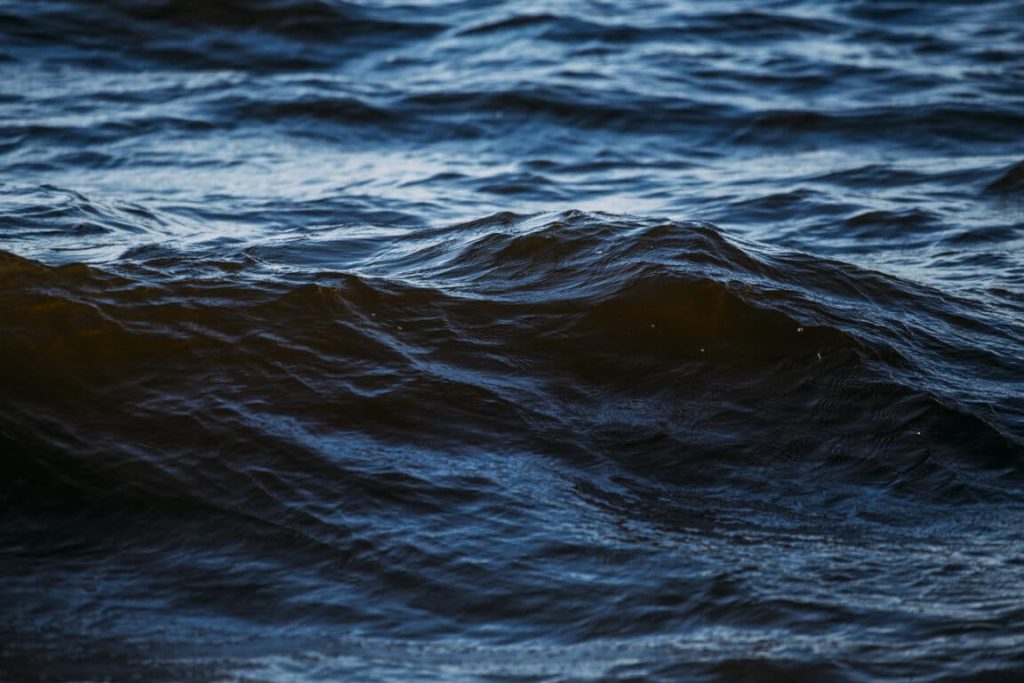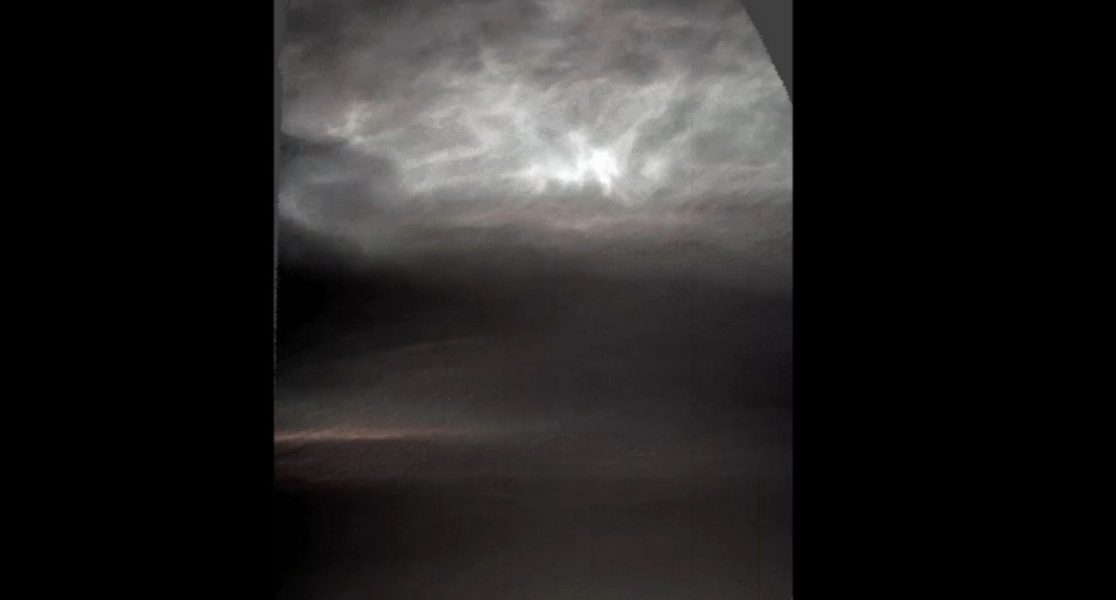The most massive predation event ever recorded in the ocean – Glass Almanac

Dark blue waves in the water
A recent groundbreaking study has revealed an extraordinary event in the ocean, where a predatory spectacle of massive proportions took place. For years, scientists have known that the Arctic capelin plays a vital role in marine ecosystems, but the scale of its significance became clear only after observing one of the most intense predation events ever recorded.Studying such phenomena in the vast and ever-moving ocean is no small feat. How do scientists track millions of fish interacting across hundreds of kilometers of water? To tackle this challenge, researchers used advanced technology called Ocean Acoustic Waveguide Remote Sensing (OAWRS), which maps large fish populations by sending sound waves from a boat. The system detects the echoes bouncing off schools of fish, similar to radar. This allows scientists to track fish movements in real time, providing a comprehensive understanding of how fish group together over vast distances.Additionally, researchers at the Massachusetts Institute of Technology (MIT) used multispectral technology, which analyzes sound frequencies specific to different species. This allowed them to distinguish between capelins, whose swim bladders resonate at higher frequencies, and Atlantic cod, whose larger swim bladders emit lower frequencies. The researchers’ observations took place in the Barents Sea, off the coast of Norway. Initially, the capelins were scattered in small groups as they searched for a place to spawn. However, as the day went on, these small groups began to converge, forming a massive school of fish. According to the researchers, around 23 million capelins gathered to form a roughly 10-kilometer-long hotspot, moving in unison like a wave across the water.This large congregation, while initially defensive, quickly attracted the attention of cod, which also began to form a massive school to feast on the capelins. Within hours, an estimated 2.5 million cod had gathered to hunt the capelins. The ensuing predation event was nothing short of devastating: over 10 million capelins were consumed in just a few hours, representing more than half of the original school. This is the largest predation event ever witnessed in the ocean.The capelin plays a crucial role in marine ecosystems as a key prey species for many animals, including cod, seals, and seabirds. The disappearance or decline of capelin populations could have far-reaching effects on the entire ecosystem, triggering a domino effect that impacts species directly or indirectly dependent on this small fish for survival. While the school of capelins observed in this study was only a tiny fraction of the total population, researchers warn that climate change could exacerbate such events.With the melting of Arctic ice, capelins are being forced to swim farther to find suitable spawning grounds, making them more vulnerable to predators. Scientists emphasize that large-scale predation events like this one could become more frequent as environmental conditions shift, posing a significant risk to the stability of capelin populations and, by extension, to marine ecosystems overall.This research paves the way for a better understanding of marine food chains and their vulnerabilities, especially in the face of climate change. By combining advanced technologies like OAWRS and multispectral imaging, scientists can now pinpoint critical areas where species interactions are most intense. These insights are essential for shaping conservation policies, protecting vulnerable species, and addressing ecological pressures such as overfishing.The findings also highlight the importance of monitoring how climate change affects fish migrations and spawning behaviors. By anticipating shifts in population dynamics, researchers can develop adaptation strategies that ensure the long-term stability of marine ecosystems. As scientists continue to study these complex interactions, the goal is to maintain the health of the ocean’s ecosystems for generations to come.Comment Save my name, email, and website in this browser for the next time I comment.
Discover the future through Glass Almanac, your premier source for all things tech and entertainment. From the latest in augmented reality to cutting-edge scientific discoveries and trending TV shows, we bring you insightful, up-to-the-minute coverage. Dive into our world where technology meets daily life and stay ahead of the curve with Glass Almanac.Glass Almanac100 Tech WaySan Francisco, CA 94107United StatesPhone: +1 415-555-0100Email: contact@glassalmanac.comStay connected with us for the latest updates and insights.
Source: https://glassalmanac.com/the-most-massive-predation-event-ever-recorded-in-the-ocean/






